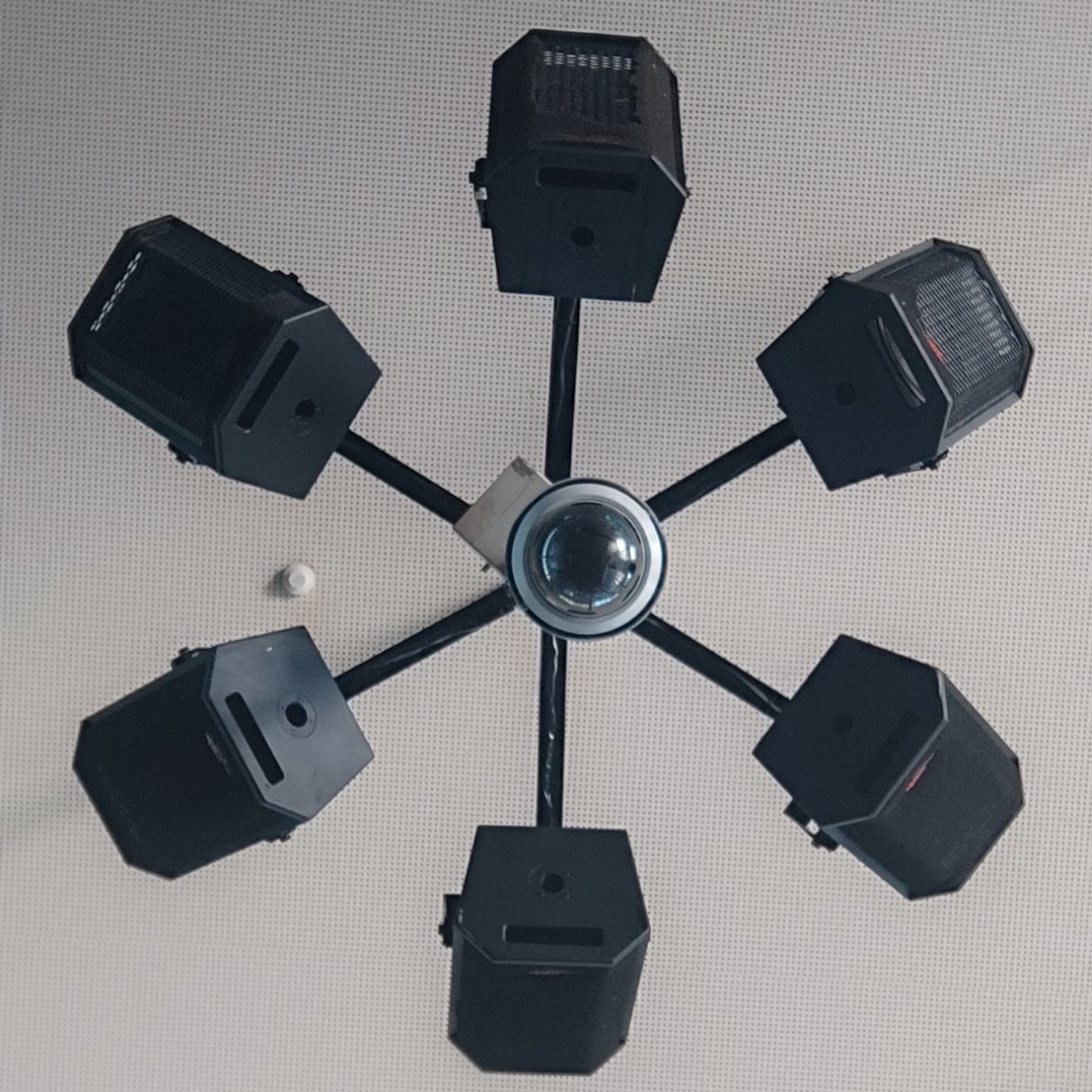Original question by @POTOOOOOOOO@reddthat.com
How about Qubes? if you have the specs, you get sandboxes (VMs) and all distros are available into 1. Heck, you can even have windows VMs…
And if you don’t have the specs, just use any linux and install distrobox (docker) !
An alternative to distrobox is toolbx
Isn’t there issues with using the graphics on the vms?
Mine’s the best, because it fits with what I want. Might not be your best, but it’s mine.
I use Arch since approximately 2006 or so. I like its stability (yes!), performance, rapid updates and technical simplicity. It never stands in my way and it’s fairly simple to understand, administer and modify. It’s probably the most convenient OS I’ve ever used - sure it takes time/effort to set it up but once you’re past that it’s smooth sailing. It also doesn’t change dramatically over the years (it doesn’t need to) so it’s easy to keep up with its development. Plus, I have a custom setup script for it that installs and sets up all of the basics, so if I ever need to reinstall, I’m not starting from zero.
I am eyeing NixOS as “the next step” but didn’t yet experiment with it too much. Arch is just too comfy to use and the advantages that NixOS brings aren’t yet significant enough for me to make any kind of switch to it, but I consider NIxOS (as well as its related technologies like the Nix package manager) to be the most interesting and most advanced things in the Linux world currently.
If you’re reading this as a newbie Linux user: probably don’t use any of the two mentioned above (yet). They’re not considered entry-level stuff, unless you’re interested in learning low-level (as in: highly technical) Linux stuff from the start already. NixOS/Nix in particular is fairly complex and can be a challenge even for veteran Linux admins/users to fully understand and utilize well. Start your journey with more common desktop distros like Mint, Fedora, Kubuntu.
It’s not the best, but Pop OS because it’s the only one that actually worked without any other setup (Mint didn’t appear on my screen, and I couldn’t find anyway to access a terminal or troubleshoot that). Starting to regret it, though, especially as the Pop community devolves into the Cosmic cult and 22.04 has more issues (some of my flatpaks refuse to open now, sometimes I get a black screen when starting the computer, bluetooth headphones no longer work, etc.).
Really? I guess everyone was 15 at some point and hadn’t heard that distro wars are useless 🤣
There is no best. Period.
There is no best. Period.
But there are bad ones. For example Ubuntu and derivatives broke Flatpak support in 25.10. This was known ahead of release but because only Snap matters, the fix will only roll out after release.
So, it’s the worst for you and still the best for others, right?
Arch is the worst because… And the best because…
Same with every other.
In fact I’d argue that every single distro is the best for at least one person.
Can’t say it’s the best, but I love Alpine. It’s light, fast, versatile and easy to use, runs on anything, and despite it being used mostly in containers and VMs, it makes for a great desktop distro aswell. :)
For a long time I considered Gentoo the best, because I know my things around there. A month ago I said goodbye to my last Gentoo installation in favour for Debian trixie (the next stable release). Gentoo was too time consuming despite the binary repo.
If it would be my job to maintain a Gentoo system I would gladly accept, but there should be a need for it by the users. Otherwise I would just recommend Debian stable or Fedora.
My favourite is Debian over Fedora, because I often don’t need the latest versions of a software. And there is flatpak.
NixOS. My entire config is source-controlled and I can easily roll back to a previous boot image if something breaks like cough Nvidia drivers. I also use it for my home router and all self-hosted services.
maniacally laughs while trying to avoid eye contact with 19k lines of nix config
Out of all the ways that I have tried in the past, to reproduce not just the initial state, but also the ongoing changes of a disto (ansible, saltstack, chef, bunch of Shell scripts) — nix is by far the shortest. With all of these technologies I would never have dreamed to do this for a single Maschine. But now it’s not only possible, but actually gasp enjoyable!
Mind you, if that is not the problem you want to solve, maybe install just the nix package manager in addition to your distribution, and learn to enjoy it without having to run your whole distribution this way.
You misunderstand! It has also turned into basically a hobby (and recently, a job, lol) to manage nix configs.
Those 19k lines are clean, well-structured and DRY, and do describe every little thing about ca. 30 machines.
Because I can hit “next” a couple of time and have a working install
CachyOS, cause its Minimal and “Fast”(maybe) ik i can try out normal Arch but I dont wanna rebuild my system everytime I mess something up + Arch based distro its better then Arch Install(in my opinion)
I use NixOS, btw (don’t you see that glorious gif?). It’s the only distro that is actually different compared to other distros. It’s not just another package manager, another ubuntu skin, or a different desktop environment. If you learn how to configure it, you can easily redo breaking changes or install an exact copy of your system on a different device. You can configure all you want and you will never ever have to worry.
Also has better flex than Arch users.
cons
- burj khalifa learning curve
- arch documentation * -1 doc quality (dogshit documentation)
- doesnt work outta the box
It’s super cool to be able to copy a single or maybe two configuration files from one box to another, sync thing your home folder and have an exact copy.
It’s super cool to temporarily install things with nix-shell. I have little environments set up where I write python or rust or edit videos and if I’m not in that environment none of those commands even exist.
Updating in vanilla is pretty straightforward. Update your base channel, rebuild. But if you install say home manager as a flake that doesn’t update the same way. And then if you do it as an environmental install it doesn’t update the same way. And then it’s totally possible to do an update get a new version of your web browser, But your auto starts or your PWA’s point to the old version of the web browser. My personal favorite is when I update signal. It upgrades the database. Field binary is no longer capable of running but is still the default for some reason. I have to look up the command expunge it from the store, simply finding it in the store isn’t trivial.
Most distros have gotten easy to the point of being boring. We don’t suffer that fate in Nix.
Because I like compiling everything from source for a 0.2% speed improvement
It isn’t, it is the least bad
Which technically makes it the best, doesn’t it?
No because best implies it’s good. Least bad doesn’t transmit the same message as best.
Yeah that’s fair.
I use Arch, btw, but I don’t consider it the best (yes I do.) I could easily transition to Fedora, for example (I would never do that,) and be completely happy (I would rather continually hit my head with the metal stapler gun on my desk.)
It’s extremely stable, and countless other distros are derived from this.













